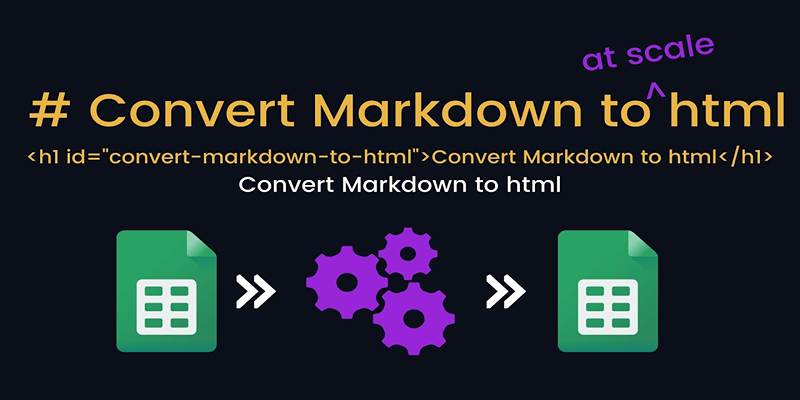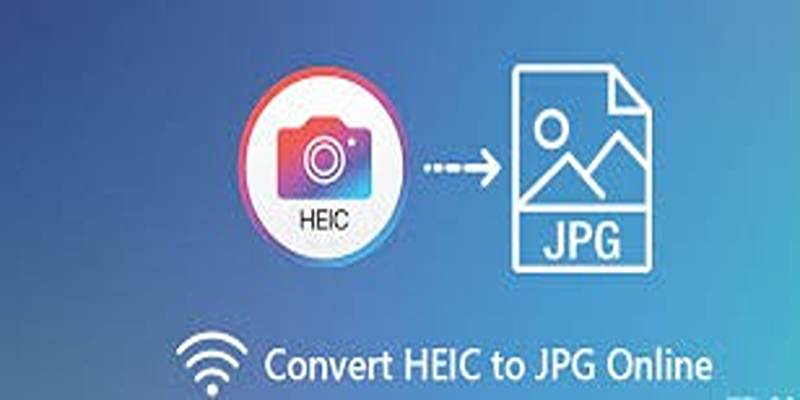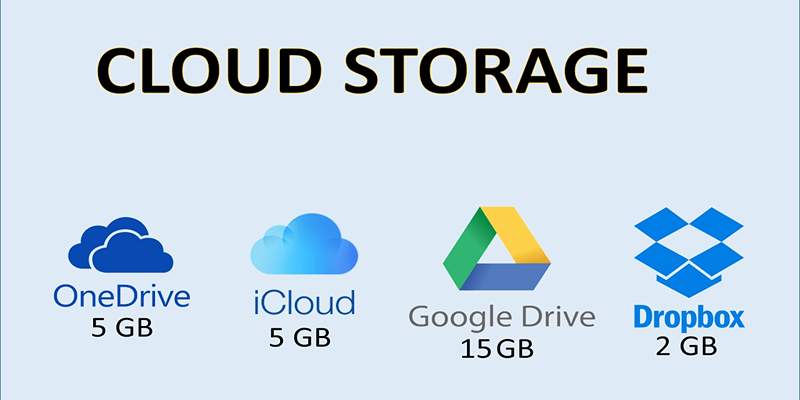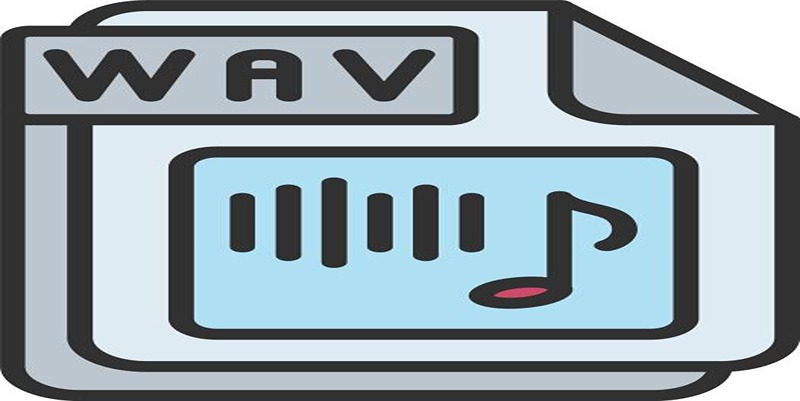10 Must-Have Tools for Effective User Acceptance Testing
User Acceptance Testing (UAT) is a crucial step in ensuring that software meets user needs before it goes live. To make this process smooth and efficient, having the right tools is essential. The right tools not only save time but also help identify issues that might be missed otherwise. This guide will introduce you to ten must-have tools that can simplify your UAT process, improve collaboration, and ensure your software works perfectly for its end users.
Marker.io

Through Marker.io users can submit bug reports immediately from either your application or your website. Users gain access to an easy-to-use interface to create screenshots and make annotations before sending detailed comments to platforms including Jira Trello and Asana. The tool provides smooth integration that enables smooth communication between testers and developers by reducing the traditional processes of bug reporting.
Non-technical stakeholders benefit from Marker.io because they can contribute to UAT testing without complications while the system captures every detail for resolution. Users can report bugs easily with the browser extension that Marker.io provides.
2. TestRail
TestRail serves as an extensive tool for software testing operations by enabling teams to manage testing processes from organization to tracking and administration. TestRail serves as an all-in-one solution for UAT activities which enables users to access a friendly interface alongside features for test case management alongside defect tracking alongside custom reporting options.
Users can collaborate easily through TestRail because it operates as a cloud tool. The tool combines features with Jira and Azure DevOps through API and other connectivity options to enhance UAT workflow efficiency.
3. LambdaTest
LambdaTest is a cross-browser testing platform that enables teams to test their applications on a variety of browsers and operating systems. With its wide range of real browser and device combinations, LambdaTest ensures that your software provides a consistent user experience across all platforms. This tool is especially helpful during UAT, as it lets testers uncover compatibility issues that might arise in different environments.
LambdaTest also supports automated testing, helping teams save time and effort during repetitive tasks. Its integration with popular CI/CD pipelines and project management tools enhances collaboration and speeds up defect resolution. The platform's detailed test reports and logs make it easier to diagnose issues and ensure every corner of your application is running smoothly.
4. Postman
Postman is an essential tool for teams looking to streamline API testing during UAT. It provides a user-friendly interface to create, send, and manage API requests, making it simpler to ensure the backend of your software works as intended. With features like automated testing through scripts, collaboration tools, and in-depth reporting, Postman is an excellent choice for verifying the communication between different system components.
During UAT, Postman allows teams to validate API performance, reliability, and security, ensuring that end users experience a seamless interaction with the software. Its ability to integrate with CI/CD workflows and other tools further enhances the efficiency of the testing process.
5. BugHerd
BugHerd is a visual bug tracking and project management tool that simplifies the UAT process by turning feedback into actionable tasks. With its intuitive interface, testers can report issues directly on the website or application using annotations, comments, and screenshots. These reports are then automatically converted into tasks in your project management platform for developers to address.
BugHerd's real-time collaboration features make it easy for teams to communicate and prioritize bugs during UAT. Its integration with popular tools like Jira, Asana, and Slack ensures seamless communication between different team members.
6. GitHub
GitHub is a widely used code hosting platform that also offers robust issue tracking and project management features. During UAT, teams can create issues directly in GitHub from bug reports or feedback from other tools. This integration helps centralize all communication and tasks related to the testing process.
GitHub's version control capabilities come in handy during UAT when testers need to compare different versions of code to identify potential bugs. Its collaboration features and customizable workflows make it an ideal tool for teams working on complex software projects.
7. UserTesting
UserTesting is a user research platform that allows teams to get real-time feedback from target users during UAT. With its extensive panel of pre-screened participants, teams can conduct usability tests, surveys, and interviews to gather valuable insights into how the software is perceived by end users.
UserTesting provides detailed reports and videos of user interactions, making it easier for teams to identify pain points and make necessary improvements before the software goes live. Its integration with other project management tools helps keep all user feedback in one place.
8. Gurock
Gurock is a comprehensive testing tool that covers all aspects of UAT, including test case management, defect tracking, and reporting. With its intuitive interface and customizable workflows, teams can easily organize their testing efforts and track progress during UAT.
Gurock's integration with popular issue tracking tools like Jira and Redmine ensures seamless communication between testers and developers. It also offers advanced features like test automation and traceability to streamline the testing process further.
9. Applitools
Applitools is a visual AI testing platform that helps teams ensure visual consistency, accuracy, and functionality across different browsers, devices, and screen sizes during UAT. With its patented technology, Applitools can detect even the smallest changes in UI elements and identify potential bugs before they impact users.
Its integration with popular CI/CD pipelines allows for automated visual testing at scale, saving time and effort during UAT. The platform also offers detailed reporting and analytics to help teams track defects and prioritize them based on their severity.
Tricentis Tosca

Tricentis Tosca is an enterprise-level, model-based testing tool designed to accelerate and optimize the UAT process. It supports end-to-end testing, allowing teams to test complex workflows and ensure seamless functionality across various systems. With its scriptless and AI-driven test automation, Tricentis Tosca simplifies creating and maintaining test cases, reducing overall testing effort and enabling faster releases.
The platform integrates with popular DevOps and CI/CD tools, ensuring continuous testing throughout the software development lifecycle. Additionally, its comprehensive analytics and reporting features provide actionable insights, helping teams identify and resolve issues quickly. Tricentis Tosca's robust capabilities make it a reliable choice for large-scale UAT projects that demand efficiency and accuracy.
Conclusion
Choosing the right tool for User Acceptance Testing is key to delivering high-quality software that meets user expectations. The tools mentioned above provide diverse features tailored to different needs, ensuring teams can streamline their testing processes effectively. From visual AI-based testing to full-fledged test management systems, these options empower teams to identify defects early, maintain consistency, and enhance collaboration. Investing in the right UAT tools ultimately leads to improved product quality, faster release cycles, and increased user satisfaction.
Related Articles

The Best Email Drip Campaign Software: Top Picks for Seamless Automation

Top 10 WordPress Plugins for Collecting User Feedback

Best Markdown Converter Tools Bloggers Should Try for Easy Formatting

The Best Slack Apps for Your Workspace in 2025: An Ultimate Guide

How to Convert HEIC to JPEG Online Without Extra Apps or Programs

5 Simple Ways to Convert 3GP to MP4 Effortlessly

Using Writer for Enterprise Generative AI Solutions

Solving Grammarly Issues in Google Docs: Quick and Simple Fixes

Best Screen Sharing Software for Remote Teams in 2025: A Comprehensive Guide

Troubleshooting Cloud Storage Sync Errors: A Step-by-Step Guide

Whitelisting Guide: Allow Safe Websites Blocked by Antivirus

 knacksnews
knacksnews